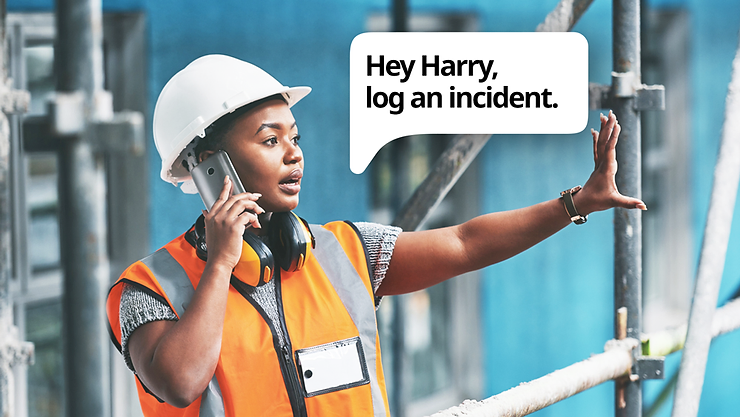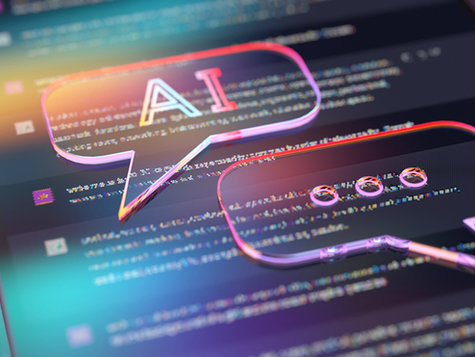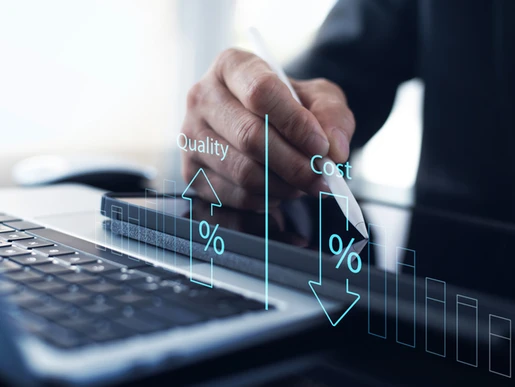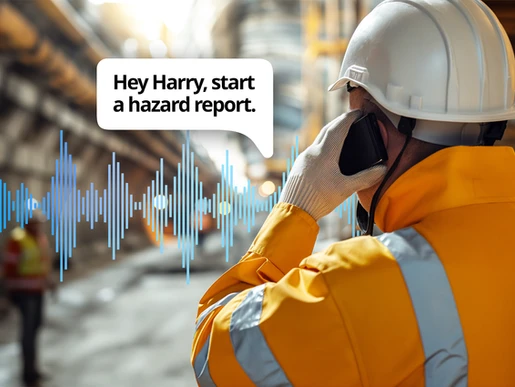How artificial intelligence powered by voice is revolutionising risk assessment and management in heavy industry
The construction industry is no stranger to workplace risks and hazards. In fact, Safe Work Australia found almost a third of construction workers agreed workplace conditions prevented them from working safely.
While employers and workers agree that risks are unavoidable in the industry, there are new and innovative solutions emerging that promise to streamline risk assessment and enhance safety across the board.
One such solution comes in the form of voice-powered artificial intelligence, and it has the potential to revolutionise the way we approach risk assessment in the construction industry.
Understanding traditional risk management
Risk management is more than just acknowledgement that a risk exists. It involves identifying the hazards, any project variables, uncertainties, and having a full understanding and view of project timelines.
In this way, risk management is complex and has traditionally called on the time and expertise of project managers, specialists and inspectors (to name a few).
Contact Harald Chief Technology Officer, Barton Ip says only adopting a traditional approach to risk assessment and management comes with its own set of risks.
“Even with a panel of experts on site at every project, traditional risk assessment is still at the peril of human error, misjudgement and miscommunication. These lapses often lead to safety issues / incidents and /or compliance breaches,” Barton said.
Assessing and managing risk with voice AI in construction
Fast, informed decision making
Voice AI’s rapid data processing and analytics remove the opportunity for error and eliminate uncertainty.
This means that when construction teams are supported by AI they are empowered to make faster, more confident decisions that are made backed by historical data and intuitive predictive analysis.
Safety monitoring
Voice AI systems like Ask Harry work autonomously 24/7 to monitor workplace activities and the environment. Anomalies, unsafe conditions, or deviations from safety protocols are quickly and automatically detected, ensuring construction teams are always one step ahead of risk.
Labour and resource deployment
The larger the project, the more risk there is. Big teams typically include multiple sub-contractors working across different trades, in different parts of the project. Voice AI has the ability to assign priority to issues and tasks that present, or could present, risk in the future. This ensures teams focus their time and resources in the right places.
Compliance monitoring
Voice AI also provides an easy way for workers to expedite compliance tasks that may otherwise be rushed or ignored completely.
“With just a few words construction teams can report hazards, fill in forms using intelligent assistant conversation, or log an incident,” Barton said.
When compliance isn’t completed to a satisfactory level, voice AI can also quickly identify it and provide ongoing monitoring.

The future potential of voice AI in the construction sector
According to Safe Work Australia, about half of construction employers and workers agreed that risks are unavoidable in construction workplaces. In fact, one quarter of construction employees said they simply accepted risk taking at work.
The introduction of voice AI into the construction industry has the power to significantly shift the attitudes of workers and their approach to risk assessment and management on site.
And, since voice AI integration is relatively new, the full extent of its potential in revolutionising risk in construction is yet to be fully realised.




